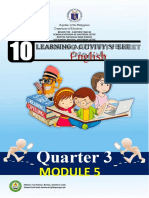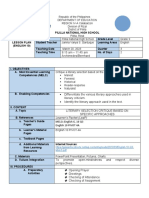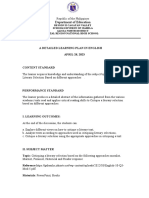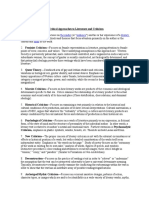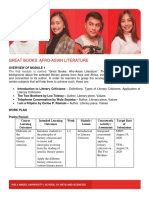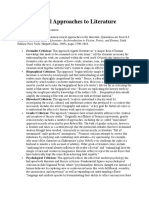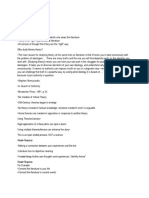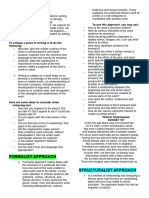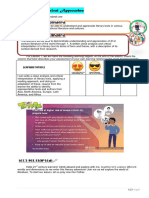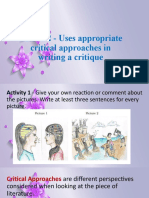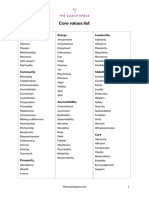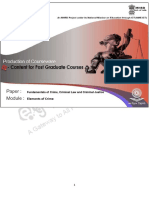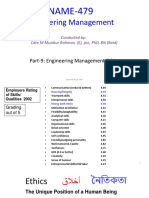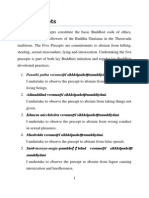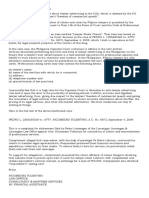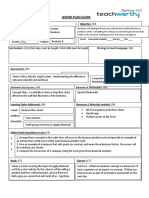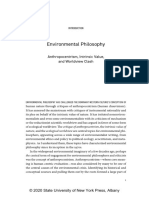0% found this document useful (0 votes)
74 views6 pagesWeek 3 Lesson Plan (Final)
The document is a lesson plan for a 10th grade English class. It outlines the content, performance, and learning competencies which involve critiquing a literary selection using different approaches such as structuralist, moralist, Marxist, feminist, historical, and reader-response. The lesson plan details an activity and discussion to teach students about these different critical approaches and how to identify the approach used in a literary selection. Examples are provided for each approach to illustrate how it can be applied.
Uploaded by
Chin-Chin DollopacCopyright
© © All Rights Reserved
We take content rights seriously. If you suspect this is your content, claim it here.
Available Formats
Download as DOCX, PDF, TXT or read online on Scribd
0% found this document useful (0 votes)
74 views6 pagesWeek 3 Lesson Plan (Final)
The document is a lesson plan for a 10th grade English class. It outlines the content, performance, and learning competencies which involve critiquing a literary selection using different approaches such as structuralist, moralist, Marxist, feminist, historical, and reader-response. The lesson plan details an activity and discussion to teach students about these different critical approaches and how to identify the approach used in a literary selection. Examples are provided for each approach to illustrate how it can be applied.
Uploaded by
Chin-Chin DollopacCopyright
© © All Rights Reserved
We take content rights seriously. If you suspect this is your content, claim it here.
Available Formats
Download as DOCX, PDF, TXT or read online on Scribd
/ 6
